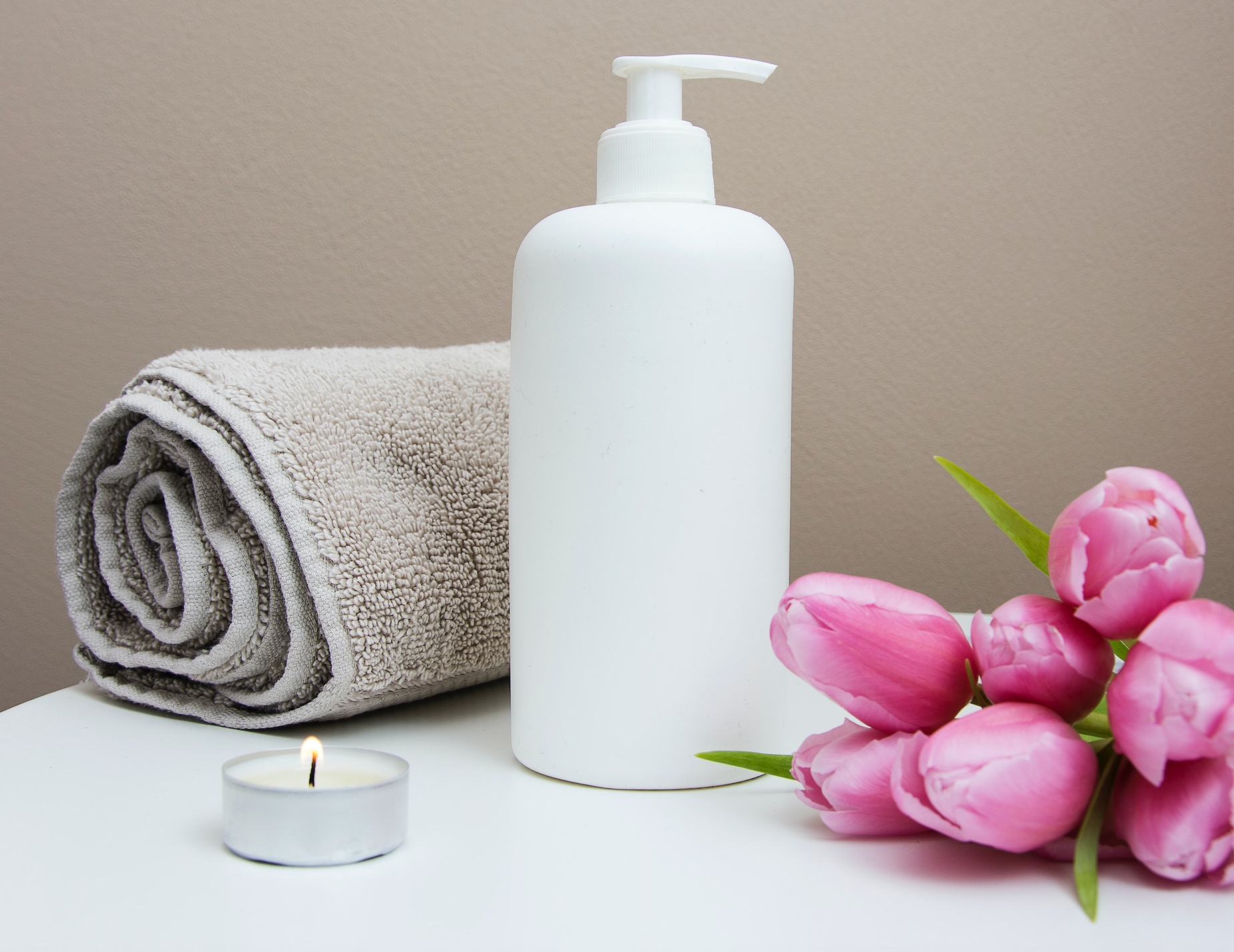Recent studies show that almost 50% of the population now has sensitive skin* – and yet, it’s almost impossible to define exactly what that means. Unlike oily or acne-prone skin types, which are a little easier to pinpoint, sensitivity can manifest in many different ways and be caused by multiple factors.
Due to our ever-changing lifestyles and diets, as well as greater exposure to pollution, many of us are noticing that our skin has become more reactive than ever before. So how do we manage it? We asked skin expert Stewart Long, President of the Society of Cosmetic Scientists 2020-21 and CEO of Cutest: The Skin Specialists to shed some light on the matter. From potential triggers to the importance of patch tests, consider this your definitive guide to sensitive skin.
--
How do you define sensitive skin – and what are the common causes?
If your skin is reactive and you’re prone to redness, tightness or stinging, then we would describe this as sensitive skin and there’s a whole host of reasons that could be causing it. For example, trying a new skincare product can often trigger a reaction – and the weather is also a key factor, especially when it’s cold and windy as it can cause the skin to feel dry and irritated. Equally, some people may have an allergy to a certain metal in the jewellery they’re wearing, like earrings or a watch strap, which can also cause irritation.
Essentially, there is no single definition or cause for sensitive skin. If you fall into this category, you won’t have an extreme skin condition – it’s more a case that your skin reacts to certain factors in a way that causes discomfort.
Is the increased use of retinol making our skin more sensitive?
Retinol has definitely become a trending ingredient, but it’s one to apply with caution. Most brands that use it in their products will advise consumers to use a small amount every third or fourth day, and slowly build it up so that your skin becomes more tolerant. You can’t go straight into using it daily or you’ll have uncomfortable skin after a week.

What about fragrances?
Fragrances are another major reason for sensitivity. The cause can be allergenistic, as you can develop allergic reactions from anything natural, such as plants and oils; and it can also be down to irritation and certain chemicals within the ingredients.
Are there other ingredients to watch out for?
There’s been a big movement in the skincare industry with the use of preservatives. Previously, parabens were the main choice in formulations, but after a select few were considered unsafe, this then led to a misconception that all parabens must be eliminated from skincare.
The industry now uses alternative preservatives like potassium sorbate, which has resulted in there being greater potential to trigger skin sensitivity as formulators are still getting used to these alternatives. That’s why it’s crucial to do patch tests with new products to ensure inclusion levels are correct.
Why is it important to do patch tests?
Given that sensitive skin is on the rise and can surface in many different ways, it’s almost impossible that someone won’t react to a product – so patch tests are incredibly important for brand and consumer protection. There’s no requirement that brands should do patch tests before putting products to market, but it gives them the chance to test and reformulate if necessary, and ultimately have peace of mind when putting a product on the shelves.
Is it possible to develop an allergy to certain products?
Yes, if you’re continually exposed to something with allergic potential, then you may find that over months or years your immune system can respond in a way that causes discomfort such as stinging, burning and itchiness. For example, reports are now showing that people are becoming more reactive to hair dyes following COVID-19 as our immune system may have changed during this time.
What type of products are best for sensitive skin?
Ideally, you want to look for oil-rich, moisturising products that contain soothing ingredients to naturally calm down any reactions.
What is the difference between hypoallergenic and allergen neutral?
Hypoallergenic is essentially a marketing term that’s almost impossible to test for. It can be misinforming to a consumer as it indicates a product to be calming and sensitive without causing irritation. However, ‘hypo’ means less, so it should only really be used in comparison to something else, i.e. one product is less allergenic than another.
Allergen neutral however is more clear and useful when it comes to describing skincare. It’s essentially about being as comprehensive as possible and indicates that the brand has dug deep into every single ingredient to trace any potential contaminants. With Oodee, the brand is also combining this method with patch tests to ensure the products are well tolerated, and won’t cause irritation or stinging for people with sensitive skin. It’s not about saying chemicals are bad and naturals are good, because everything is a chemical – it’s about being as transparent as possible.

